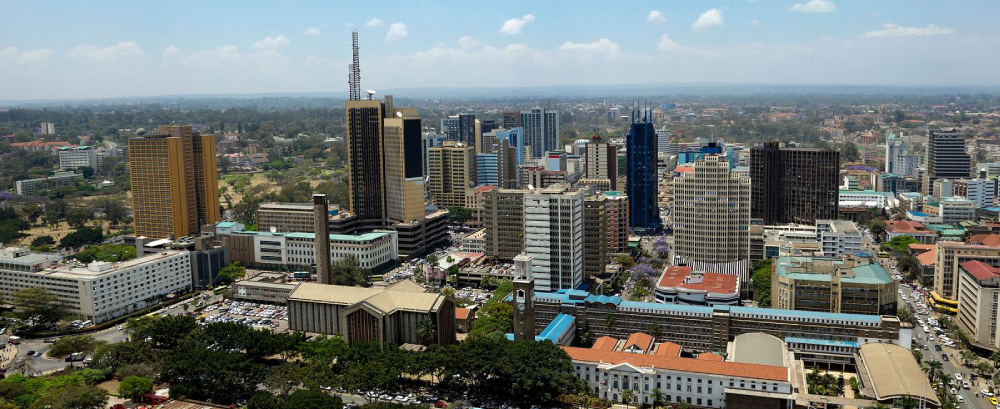
Guinea
April 13, 2025
Mali
April 13, 2025Guinea-Bissau, a small West African country, is endowed with a variety of mineral resources, though its mining sector remains relatively underdeveloped. The country’s economy is primarily based on agriculture, particularly cashew nut production, but there is potential for growth in the mining sector if these resources are fully explored and developed. Here’s an overview of the key mineral resources in Guinea-Bissau:
Key Mineral Resources
Bauxite:
Overview: Bauxite is the most significant mineral resource in Guinea-Bissau. The country has large bauxite deposits, particularly in the Boé region in the southeastern part of the country. Bauxite is the primary ore of aluminum, making it an important resource for the global aluminum industry.
Reserves: The bauxite reserves in Guinea-Bissau are substantial, with estimates suggesting significant potential for large-scale mining operations. However, these reserves remain largely untapped, and the development of the bauxite industry is still in the early stages.
Phosphates:
Overview: Guinea-Bissau has known phosphate deposits, particularly in the Farim area in the northern part of the country. Phosphate is an essential mineral for agriculture, used in the production of fertilizers.
Reserves: The phosphate reserves in Guinea-Bissau are significant, with potential for development to support both domestic agriculture and export markets. The Farim phosphate project has attracted interest from international investors, although full-scale production has yet to commence.
Petroleum:
Overview: Guinea-Bissau has potential offshore petroleum resources in its territorial waters. The country is located in a region with proven hydrocarbon potential, and there has been some exploration activity to assess the extent of these resources.
Reserves: While the full extent of Guinea-Bissau’s petroleum reserves is not yet known, ongoing exploration activities could reveal significant resources. However, commercial production has not yet started.
Heavy Mineral Sands (Ilmenite, Rutile, Zircon):
Overview: The coastal areas of Guinea-Bissau may contain deposits of heavy mineral sands, which include valuable minerals such as ilmenite, rutile, and zircon.
Zircon: This mineral is used in the production of ceramics, refractory materials, and as an opacifier in glazes.
Reserves: The potential reserves of heavy mineral sands in Guinea-Bissau are not fully explored, but they represent an area of interest for future mining activities.
Limestone:
Overview: Limestone is present in various parts of Guinea-Bissau, particularly in the regions close to the capital, Bissau. Limestone is an important raw material in the construction industry and for cement production.
Reserves: The limestone reserves in Guinea-Bissau are adequate for local demand, particularly for infrastructure development and construction projects.
Gold:
Overview: There are small-scale gold deposits in Guinea-Bissau, particularly in the southeastern regions. Gold mining in the country is largely artisanal and informal.
Reserves: The gold reserves in Guinea-Bissau are modest, with most activities being artisanal. There is potential for further exploration to identify larger deposits.
Clay:
Overview: Clay deposits are found in several regions of Guinea-Bissau and are used in local construction and pottery industries.
Reserves: The clay reserves in Guinea-Bissau are sufficient to meet local demand for construction and industrial purposes.
Investment and Extraction Situation
Limited Mining Activity: The mining sector in Guinea-Bissau is relatively underdeveloped, with limited extraction activities mainly focused on bauxite and small-scale gold mining. The country’s economy does not heavily rely on mining, and the sector contributes minimally to GDP.
Potential for Growth: Despite the current limited activity, there is significant potential for growth in Guinea-Bissau’s mining sector, particularly in bauxite, phosphate, and potentially offshore petroleum. The government has expressed interest in attracting foreign investment to develop these resources.
Challenges and Opportunities: The development of the mining sector in Guinea-Bissau faces challenges such as inadequate infrastructure, political instability, and a lack of investment. However, with the right investments and regulatory frameworks, the sector could become a more significant contributor to the country’s economy.
Environmental and Social Impact: Mining activities, particularly large-scale projects, could have significant environmental and social impacts. The government and potential investors will need to ensure that any mining activities are carried out sustainably, with consideration for local communities and ecosystems.


